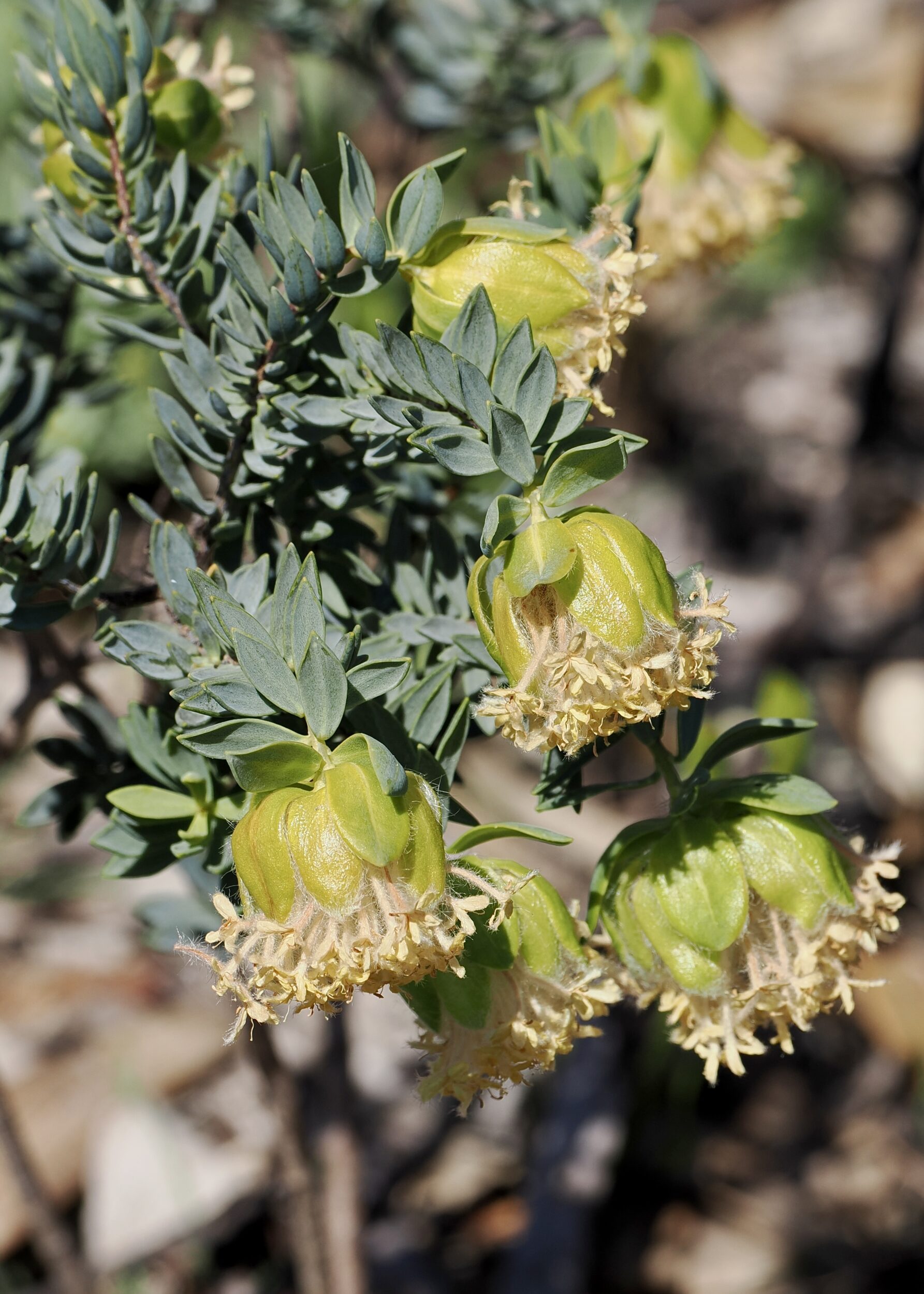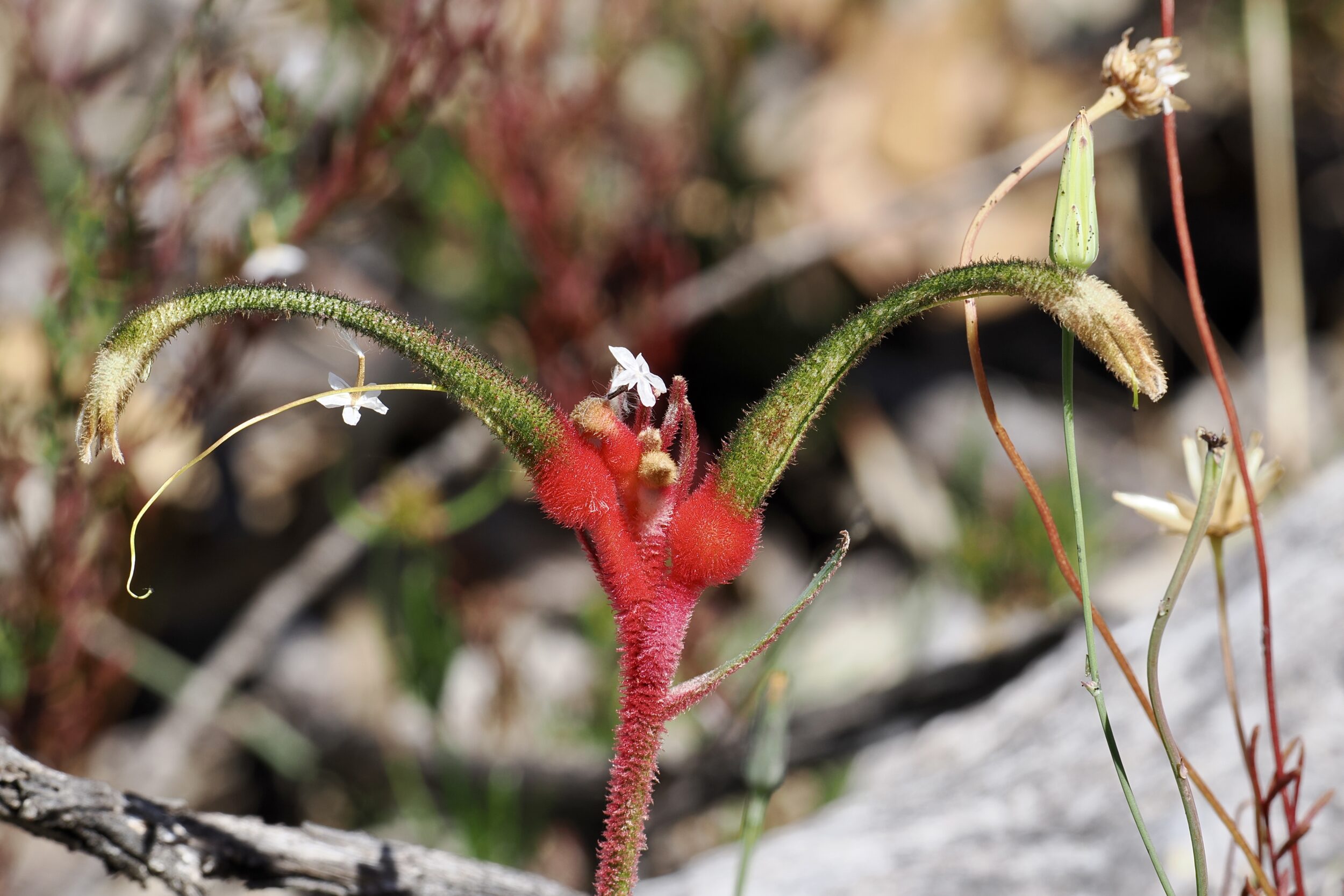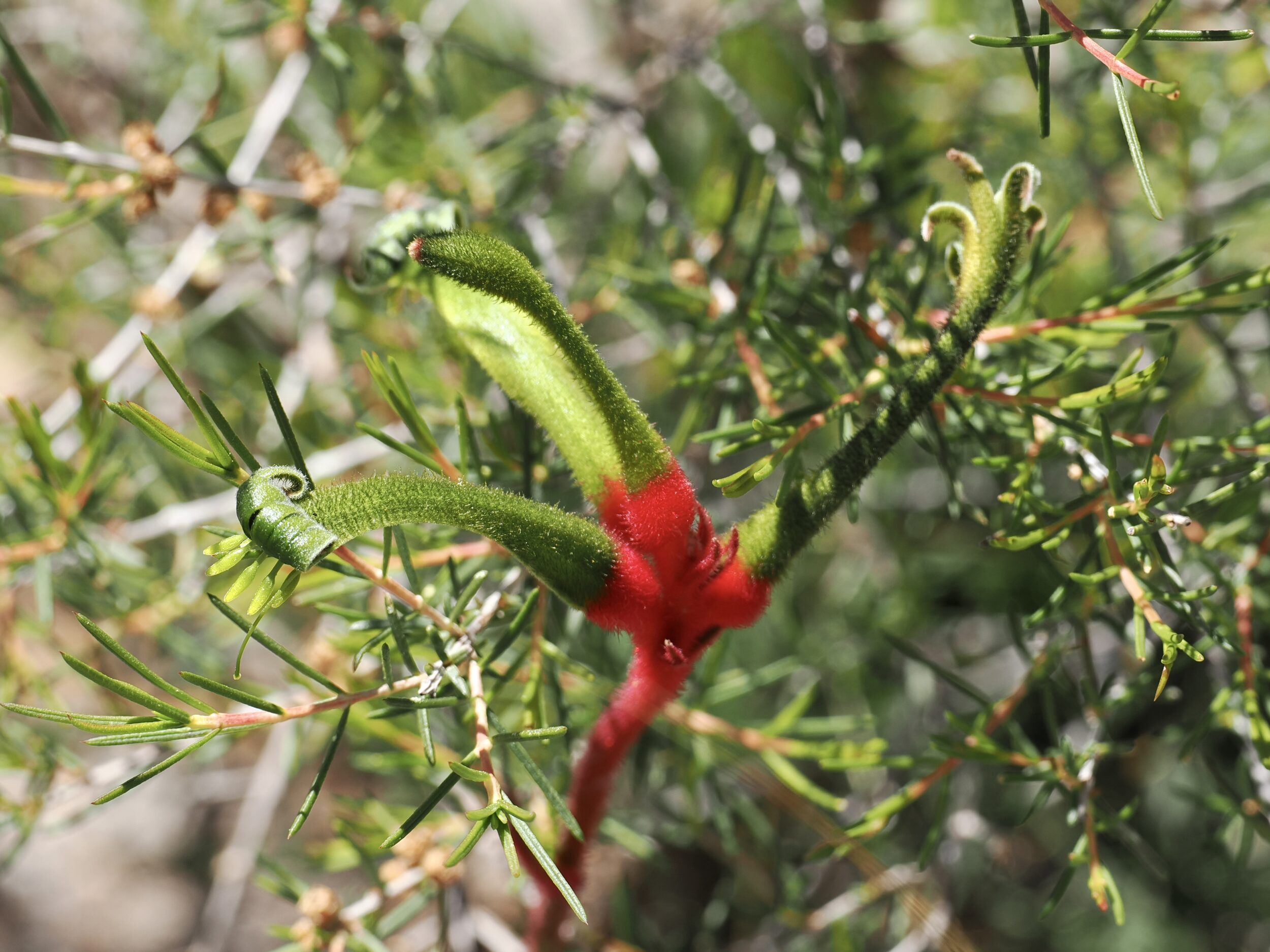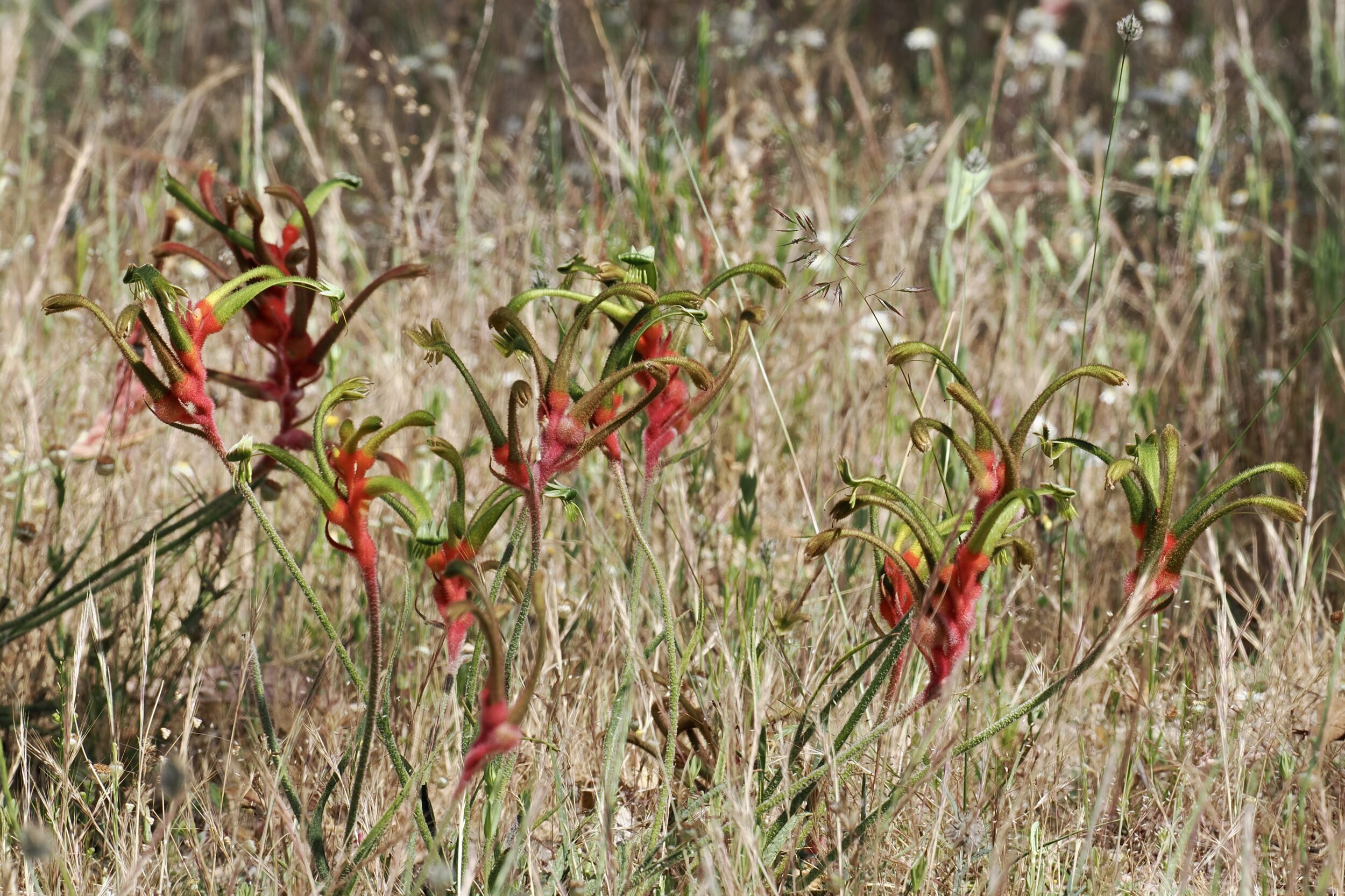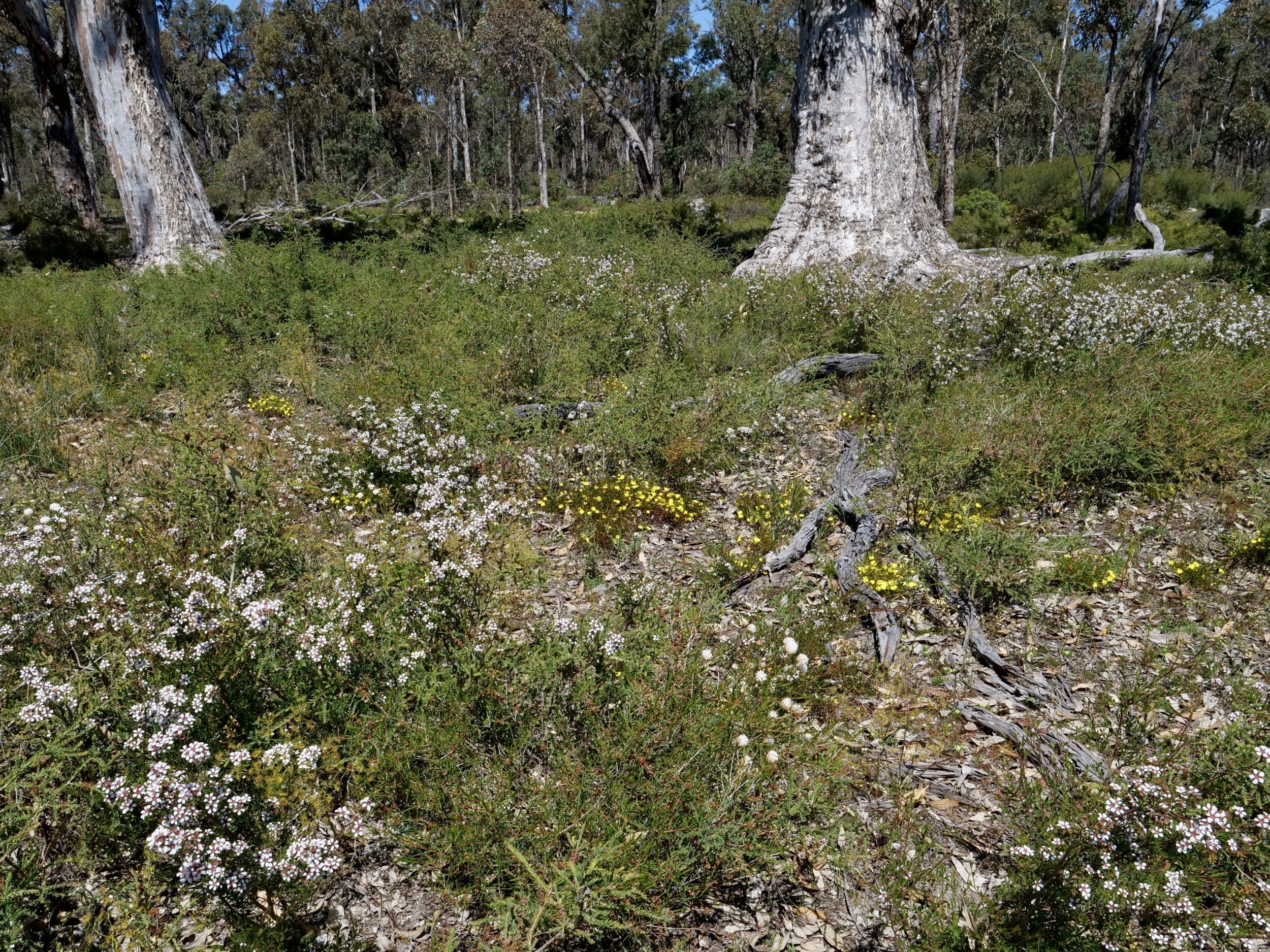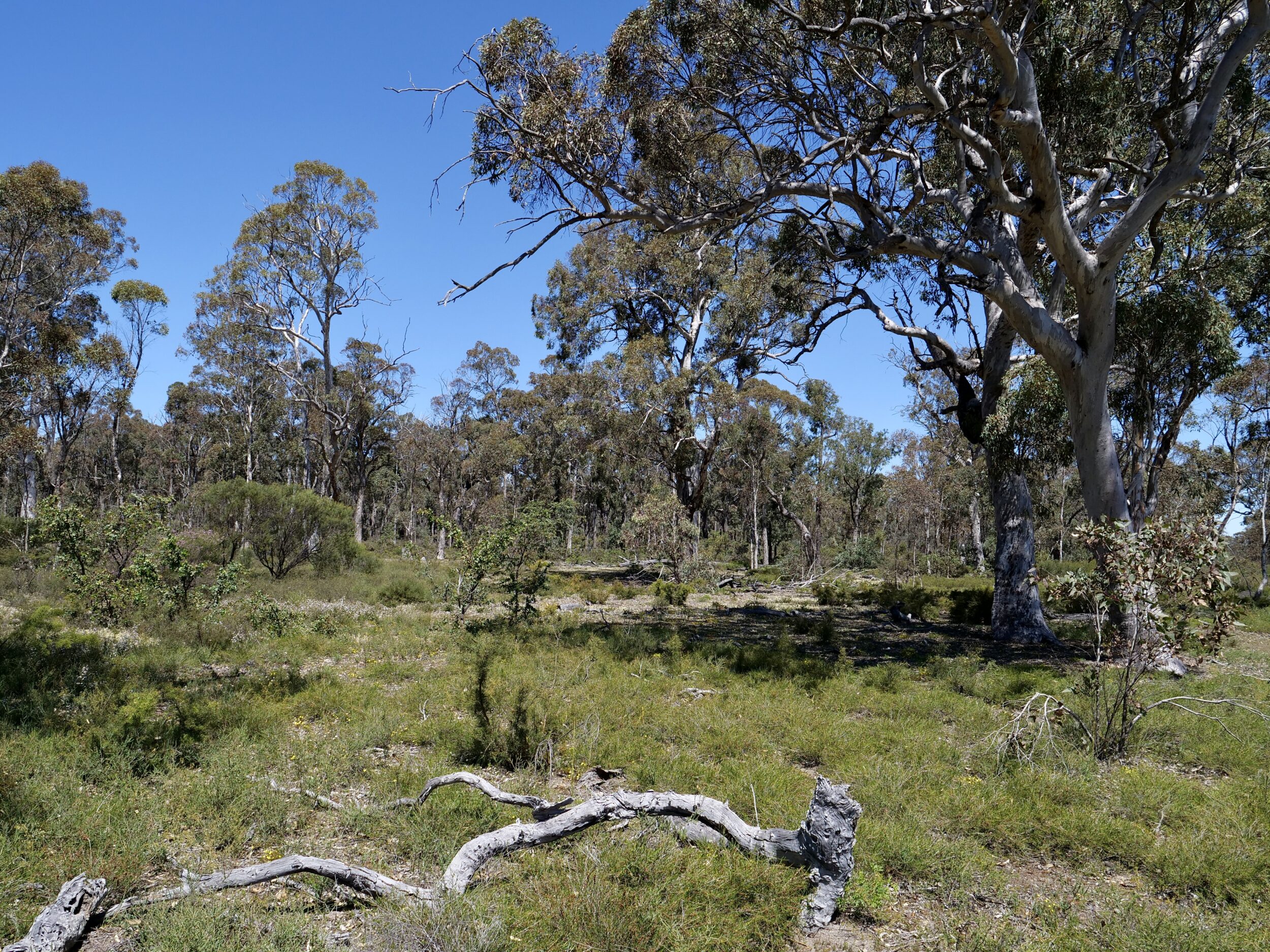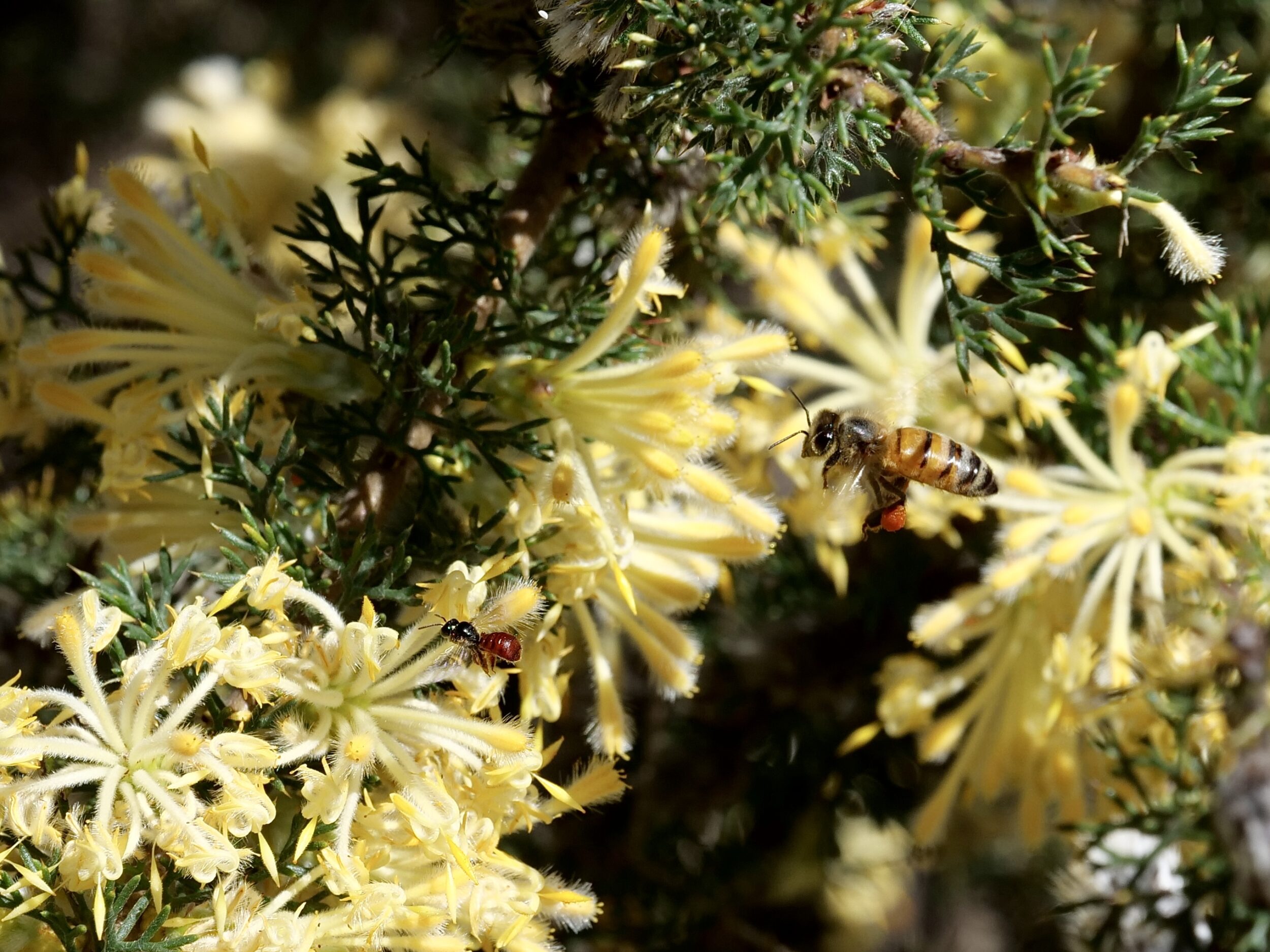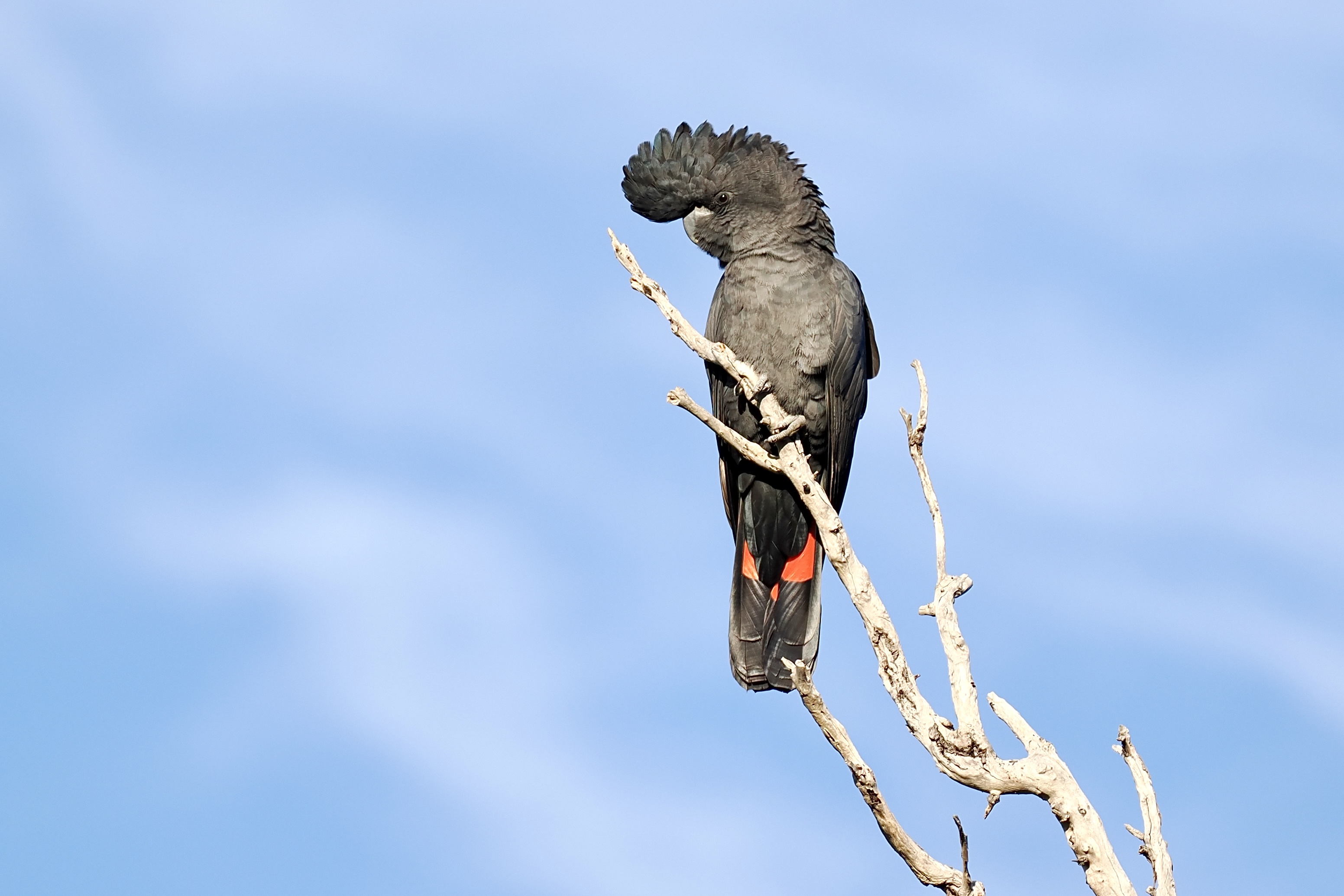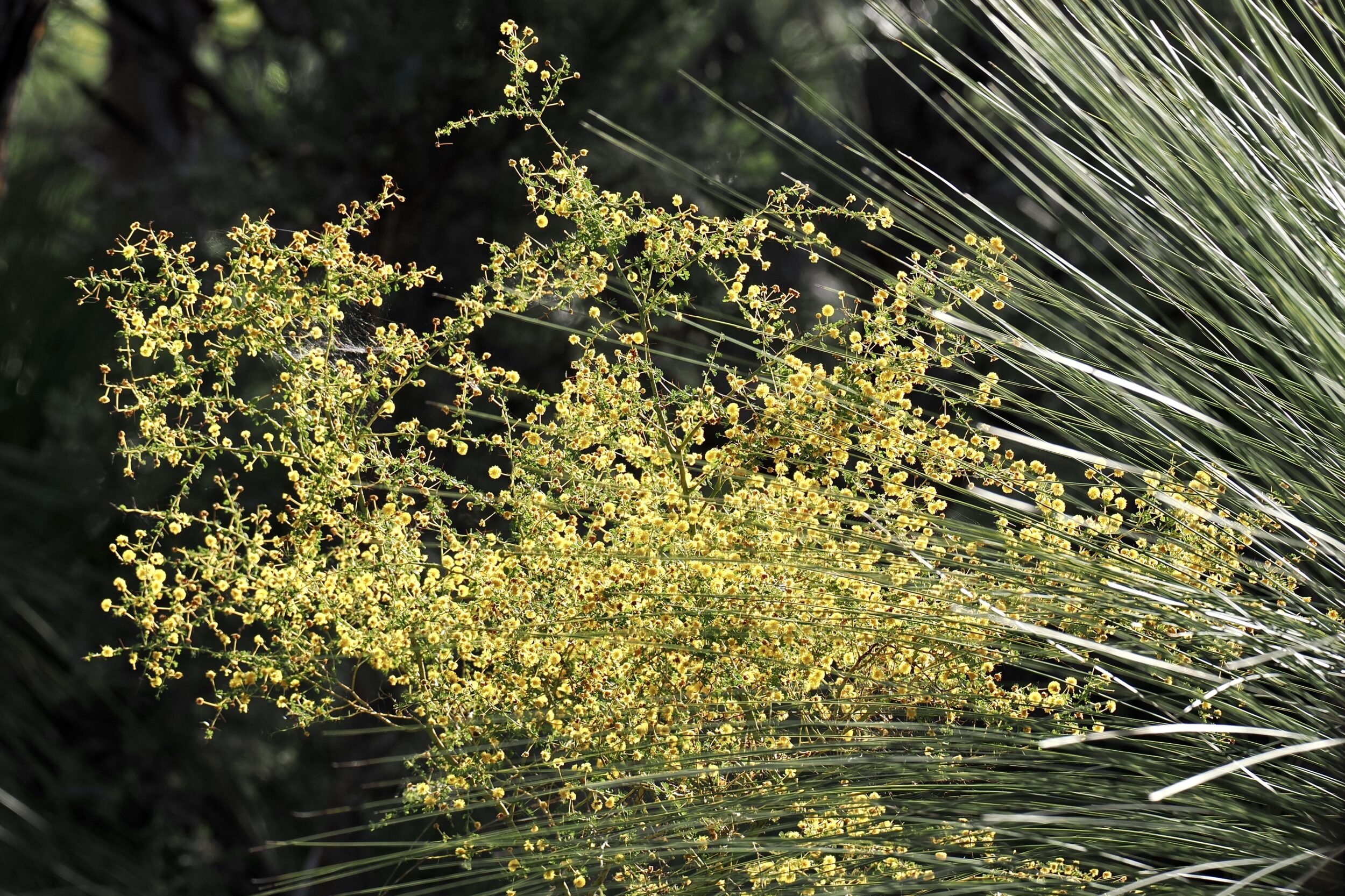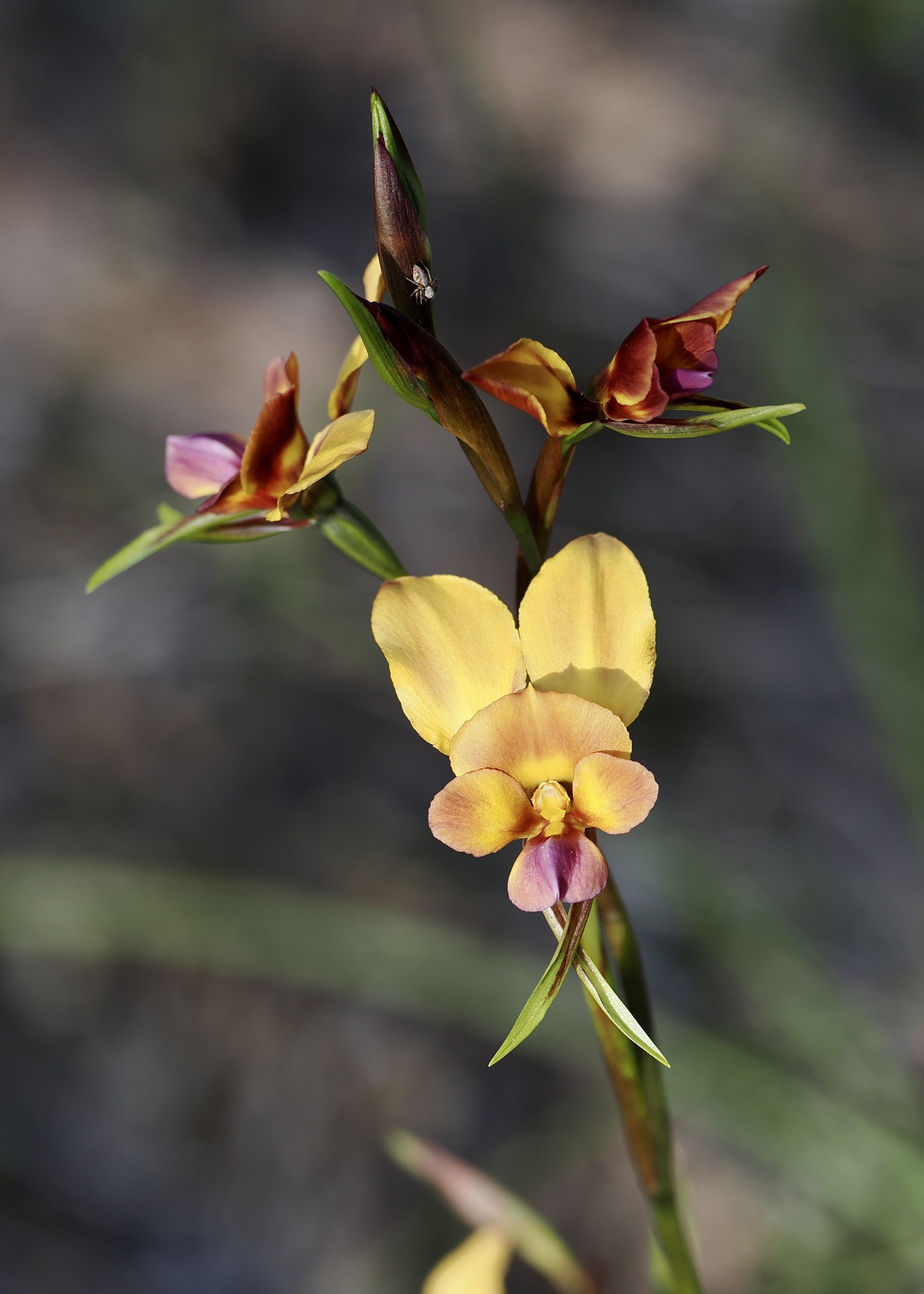I think that this post’s two images showcase the flower heads of Pimelea sulphurea, commonly known as yellow banjine.
It is endemic to Western Australia’s southwest; click here to discover more.
As is true of many WA wildflowers, each one of its flower heads contains many individual flowers.
Comments closed